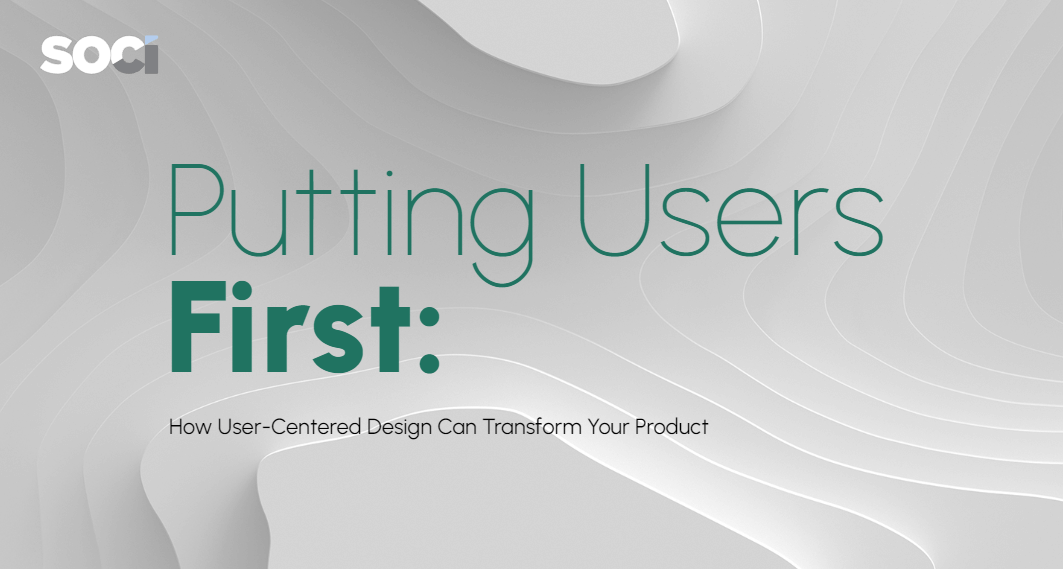In today's digital age, websites and applications have become an integral part of our lives.
From ordering groceries online to booking appointments, we rely on websites and applications for almost everything. However, not all websites and applications are created equal. Some are intuitive and easy to use, while others leave users frustrated and confused. This is where user-centered design comes in. User-centered design is an approach to design that focuses on the needs, wants, and limitations of the end-users. In this feature, we will explore the value of user-centered design for websites and applications.






